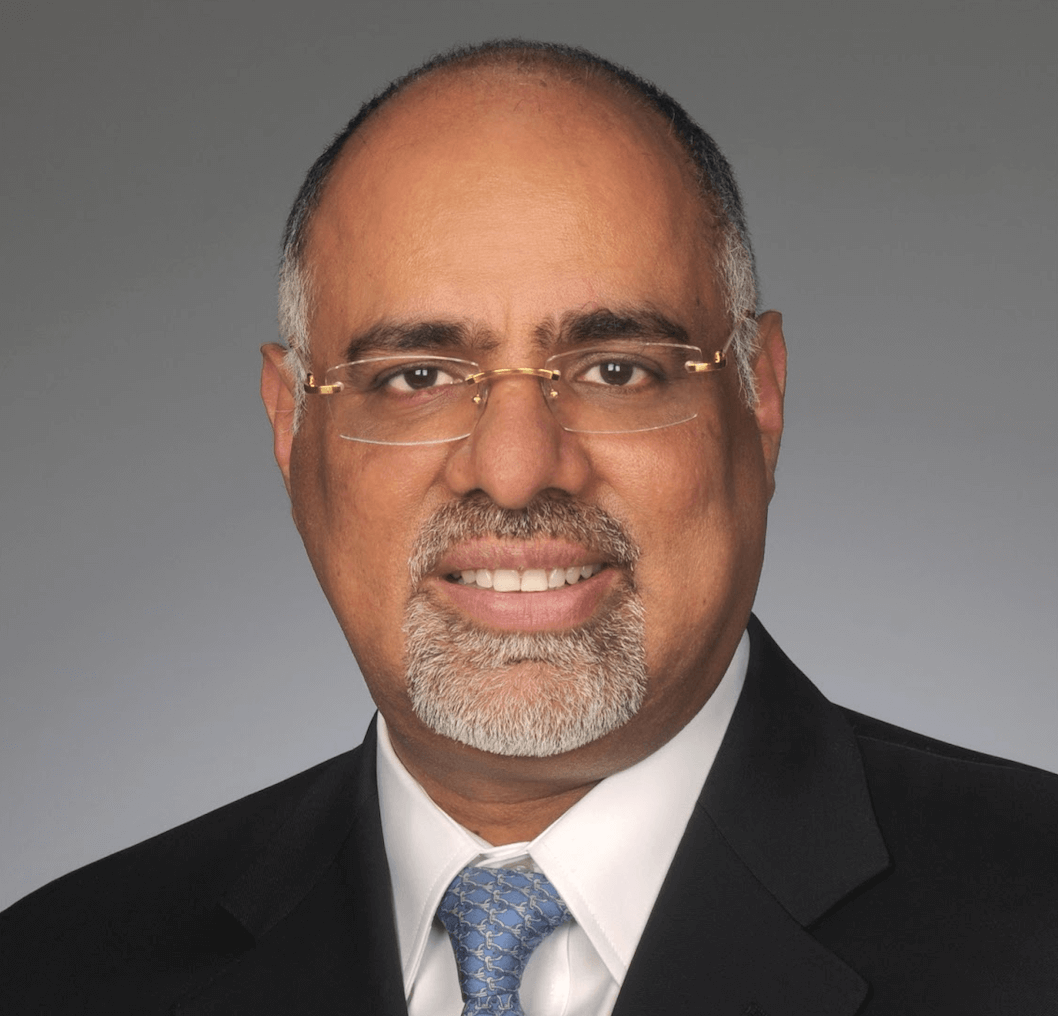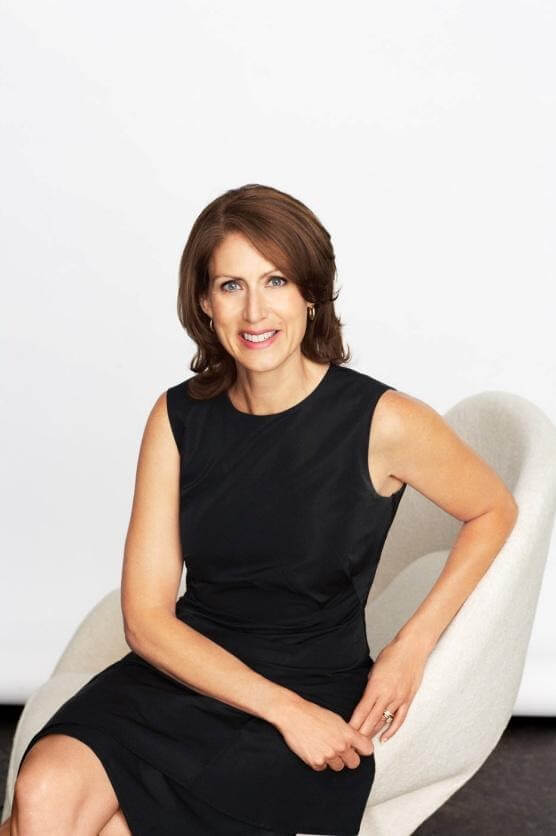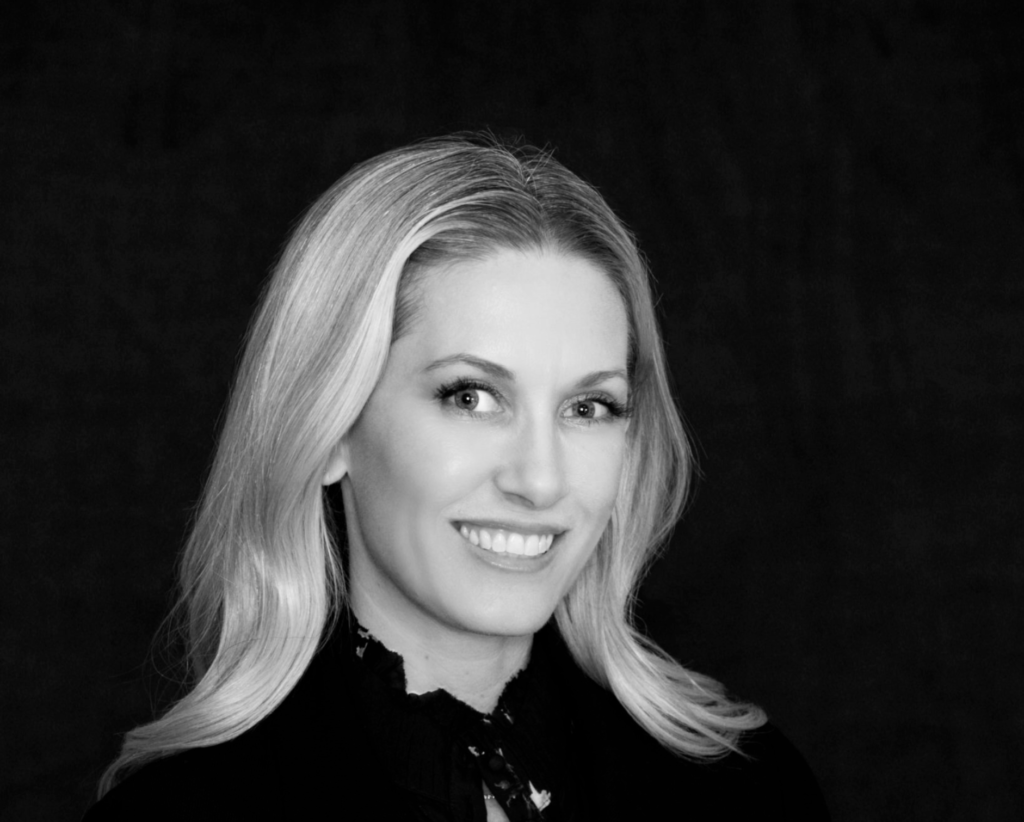
Raja Rajamannar is responsible for successfully leading Mastercard’s marketing transformation, including developing its Priceless experiential platforms and the creation and deployment of cutting-edge marketing-led business models. He oversaw the successful evolution of the brand’s identity, pioneering Mastercard’s move to become a symbol brand and launching its breakthrough sonic architecture.
Raja serves as President of the World Federation of Advertisers, is among Business Insider’s Top 25 World’s Most Innovative CMOs, Forbes World’s Most Influential CMOs, Adweek’s most tech savvy CMOs and ANA Educational Foundation’s Marketer of the Year. He is the author of the Wall Street Journal best-selling book, Quantum Marketing.
My mother has always been a big influence on my life. She was a math genius but growing up in India, she could not go to school after grade six. My mom cried for months because she was so keen to continue her education but didn’t have the chance to; and she reminds us of this story frequently, to demonstrate that no one should feel entitled because we are all given different opportunities. This story and the lesson it provides around the critical importance of providing equal opportunities for women has stayed with me my whole life.
At Mastercard, we are acutely aware that more than 80 percent of all purchase decisions are made by women. In order to resonate with our audience, we know that it’s important to have a similar weight in perspectives on our own teams. More than 70 percent of my team—and more than 75 percent of my leadership team—are women. And I strive for similar percentages at our agencies, because the women on our teams can better understand women; they can relate, connect and reach the majority of our audience in a truly meaningful and authentic way.
Externally, we look for relationships that provide more opportunity for women. Our sponsorships of women’s sports teams and events, collaborations with female music artists and partnership with female Global Ambassadors all offer different ways we can uplift women. Examples of people we’ve worked with in the past include Gwen Stefani, Camelia Cabello, Naomi Osaka and more recently Jennifer Hudson and Crystal Dunn.
Our Girls4Tech program is a great example of a program developed and delivered specifically to help girls grow and tomorrow’s women thrive. One of our employees started the program six years ago to inspire young girls to build STEM skills that help them become leaders of tomorrow. We’ve reached more than one million girls in 31 countries and have the goal of reaching 5 million girls by 2025. We’ve also dedicated $250 million to support women-owned small businesses. And through GEM® we aim for equity in our media plan.
Companies today need to do what is good for society as well as what is good for their companies. Women are front and center of that effort, which will be even more critical tomorrow than it is today.
I talk about the role of gender equality in my recently released Wall Street Journal Best-Selling book, Quantum Marketing. In the book, I discuss both the need to build business ecosystems free of bias and the importance of authentically connecting with people. From the beginning, advertising has stereotyped and objectified women. It’s necessary to call it out and continue to monitor ourselves, our partners and the industry to ensure we move past our old ways and portray women as they are.
That’s why a membership with SeeHer is invaluable to marketing and media practitioners. The movement’s tools and measures help us stay focused on the goal, offers insights to learn and apply to campaigns, and provides a constant reminder that there is no deviation from where we are driving our communications.
I cannot stress enough how critical eliminating bias is to our success. Once we are out of the pandemic, companies will have the chance to approach change and set new priorities with renewed vigor. If we are to create a true gender-equal society and marketplace, we cannot take our eyes off the goal.


